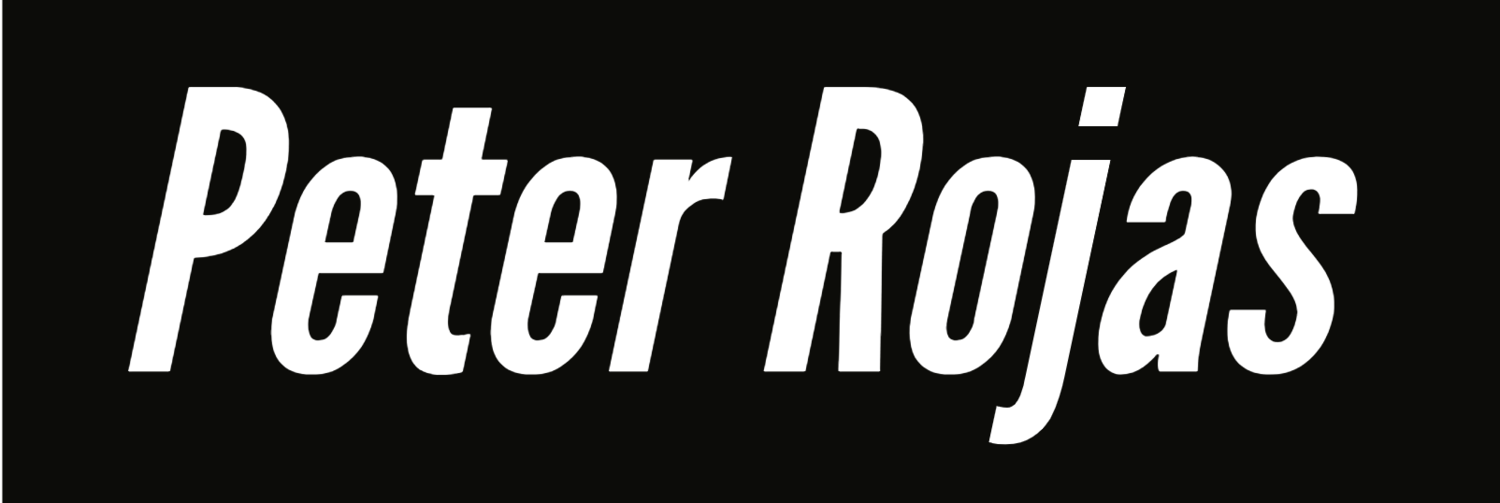You may have read a bit about Alpha, the new experimental product group at AOL that I'm co-leading with Ryan Block, around the launch of our first mobile app, Pip. Ryan and I talked a little about the purpose behind Alpha in the piece TechCrunch did on Pip, but I thought I'd go into some more detail here and expand on how we're approaching product development now that we've just launched our second app, Starlike.
Alpha itself is made up of about twenty people, primarily developers and designers. Besides Ryan and myself we have three other people helping us lead the group: Evan Fribourg, our director of technology, Michael Cosentino, our director of design, and Drew Lesicko, our director of mobile product. It's not a huge team, but we are fortunate to have many of the most talented people at AOL as part of Alpha.
Our sole objective at Alpha is to conceptualize and build new experimental products, with the primary long-term goal of bringing new -- and hopefully large -- audiences to AOL. We're focusing primarily on mobile, though we're not limited to that and could certainly make something that wasn't mobile-first if we thought it made sense. Our plan is to favor creating entirely new products with entirely new brands, over extending any existing AOL sites or brand.
Anyone building new mobile apps or services these days knows that it isn't easy and that you're playing in an increasingly crowded and competitive space. Over the past few years the mobile apps market has come to resemble the hits-driven entertainment industry. Just like there's no way to guarantee a number one song or a blockbuster movie, no matter how much money you spend, when it comes to mobile apps there's no surefire method for creating a sustainable hit app, no matter how much money you can throw at marketing. Success or failure can be completely unpredictable or feel even arbitrary, with plenty of great products going nowhere, while ideas which initially seem trivial going viral and blowing up.
Most of the breakout hit mobile apps of the past few years have come out of startups, and that's in large part because startups, because of their nimbleness and lack of bureaucracy, are generally better suited to taking risks on new products and then getting them out the door quickly. It's not easy to replicate that methodology within a big internet company (even if we're going to try our best), but it's important to acknowledge that difficulties that any product, whether it comes from a startup or a big company, has when it comes to finding product/market fit. It's easy to see just the hits and forget the huge number of other apps that go nowhere. If you look at the market in the aggregate you'll see many more misfires than hits, that's just inherent in the process.
Given that, our strategy with Alpha is to try and build as many quality products as we can, as quickly as possible, and in the most startup-like way we're able to. Instead of making one big bet on one big idea, only to see it crash and burn, we want to take a bunch of smaller ideas, spend a few months turning each into a minimum viable product, and then just put them out there and see whether users take to them or not. Our goal is with each initial release is to test a hypothesis, so we're not spending any money on marketing or promotion, we want to learn how users respond first. If after a few months something isn't getting any traction or connecting with users in any meaningful way -- we're basically looking for significant organic growth and/or really high engagement rates, even if the overall numbers are still low -- we'll take an honest look at where we're at. If we still think there's a possibility of finding product/market fit, we'll either iterate the product or pivot it. If not, we will cease working on it entirely.
In terms of our development process, we start by going through tons of different ideas for products. The most promising ones go through an exploratory process where we scope out the features and design, including wireframing. Sometimes at this point we'll also do some initial prototyping to see if we can actually build what we we want to build, and we've had products get this far and then been killed because the tech wasn't coming together. Once we feel confident that we can build it (in a reasonable amount of time), and that the core concept is still interesting enough to continue pursuing, we take a moment to step back and make a final decision on whether or not to move forward. If so, we assemble a team of designers and developers to work together on the product and then push ourselves to ship an MVP as soon as possible!
We've already released two apps through this process, with a pretty great pipeline in the works for later this year. But as promising a portfolio of products as I think we'll have, I'm under no illusions about how challenging it will be to create a hit. We're striving to make things that are as good and interesting as anything you'd read about on Product Hunt, but the reality is that being awesome isn't enough any more. If we're going to see the kind of success anyone building consumer products hopes for we'll need a little bit of luck as well.
